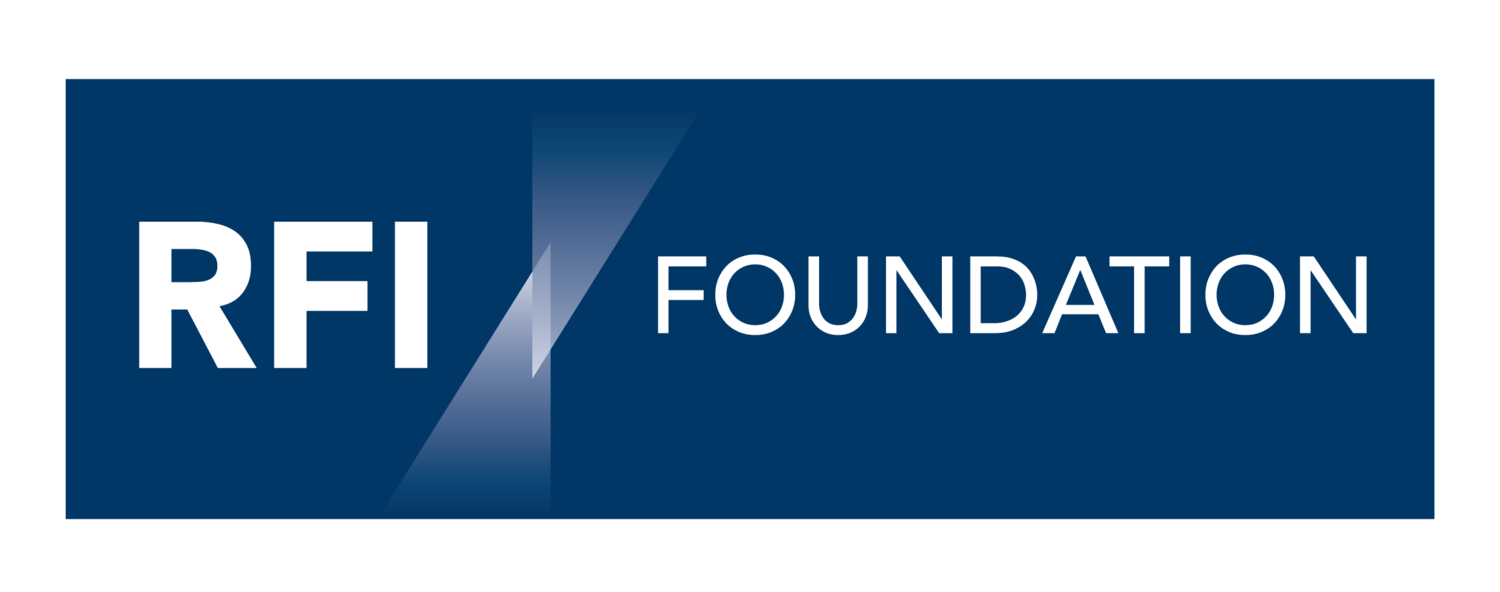Where do financial institutions fit into the Just Transition?
The UNFCCC meetings in Bonn that ended recently resulted in some modest optimism, with the release of an informal note on Just Transitions by the co-chairs to be further discussed at COP 30 in Brazil in November 2025. Progress has been relatively slow on the United Arab Emirates Just Transition Work Programme, but it fills an important gap in the global climate transition that completements efforts by financial institutions, especially at the domestic level.
On a global level, both the Loss & Damage Fund launched at COP27 and the Just Transition Work Programme (JTWP) launched during COP28 are premised on the idea that the benefits and costs associated with the emissions released into the atmosphere, and the consequences of climatic change, are not shared equitably.
Countries that benefited little if at all from historical emissions are likely to be impacted most by the physical impacts of climate change. Likewise, many of those impacted the most by the dramatic economic changes associated with the climate transition have not benefited proportionately from the emissions that necessitated it.
The informal Just Transition draft covers several important topics. It connects the emissions reduction required by the Paris Agreement with corresponding efforts to ensure the costs and opportunities are shared equitably as countries chart out their individual pathways. It also acknowledges that making sure the process by which countries develop their own just transition pathways is effective, inclusive and participatory.
Taking this point a step further, the informal draft lays out expectations that these processes will occur within the UNFCCC process as countries adopt and update Nationally Determined Contributions (NDCs), National Adaptation Plans (NAPs) and Long-Term Low Emissions Development Strategies (LT-LEDS). It will also be developed outside of the UNFCCC process, but throughout will require support on the ‘means of implementation’, including capacity building, technology development & transfer, and climate finance.
For many countries, the informal draft acknowledges “that high debt burdens can hinder those parties in pursuing just transition pathways”. This follows some progress at the Financing for Development Conference in Seville, Spain, in providing better mechanisms for sovereigns to resolve situations involving unsustainable debt levels that can hinder efforts on climate transition. This aligns with calls by the ‘T20’ Task Force to increase the accessibility of finance to support just transitions and avoid financing mechanisms that can increase – rather than alleviate – challenges of a buildup of debt.
Meanwhile, the Just Transition Finance Lab highlights ways in which the country-specific nature of just transitions can allow for substantial progress through ‘closer-to-the-ground’ monitoring. This research builds on efforts underway within the G20 Sustainable Finance Working Group to highlight how emerging & developing countries are incorporating monitoring through domestic policymaking channels. This supplements the measurement of progress with metrics showing whether the process and outcomes are supporting just transition outcomes.
Domestic efforts provide a more localised approach while connecting internationally through climate finance, business ownership, and trade links. The financial sector, through its own transition planning and engagement with its customers, can complement efforts by governments and providers of climate finance by adding a Just Transition focus itself.
It is perhaps more important that efforts from the financial sector to support the Just Transition make progress in parallel with financing green activities and tracking financed emissions. Financed emissions disclosure starts by capturing high-emission companies and layers on additional financed emissions sources within customer value chains, all along the way identifying how to support decarbonization of the economy (and avoid ‘paper decarbonization’ merely of an institution’s portfolio).
Financial institutions’ involvement with the Just Transition requires overlaying the transition planning for an institution and its clients with additional efforts to focus on just outcomes and processes. This is not just a problem that can be solved through a technical solution to collect the right data and make sure it is accurate and used in an effective way.
A Just Transition requires a much more intentional effort to build trust with customers and other stakeholders, which is most effectively built up over time through repeated (even if small) interactions with stakeholders. While the financial sector works with its customers and stakeholders (of both FIs and their customers) to cultivate the relationships and trust needed in the just transition, they should align with the direction of travel both domestically and globally as these efforts bear fruit.
